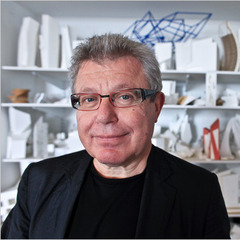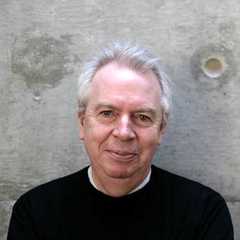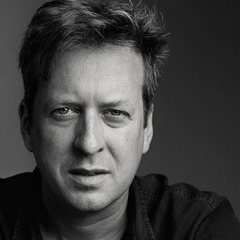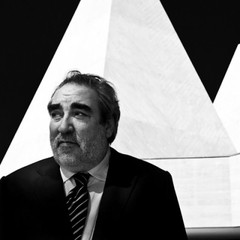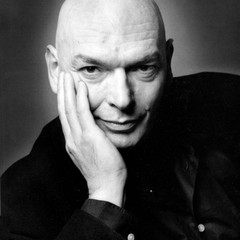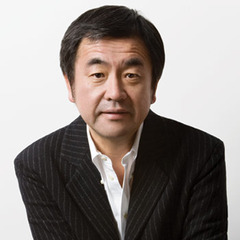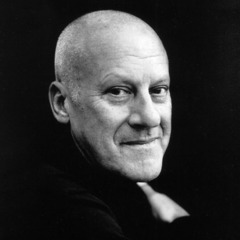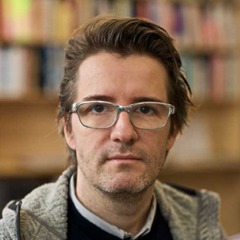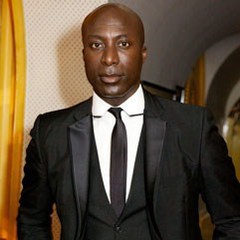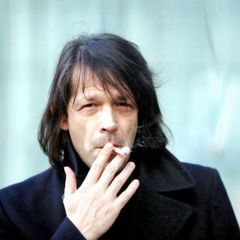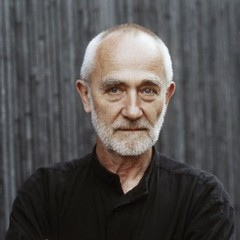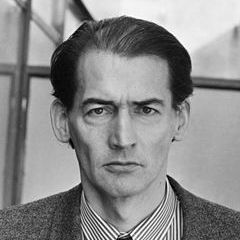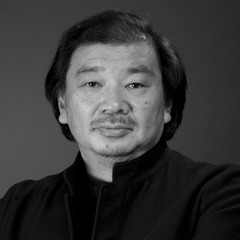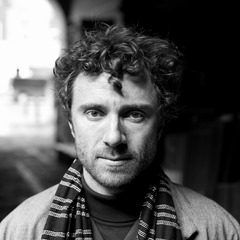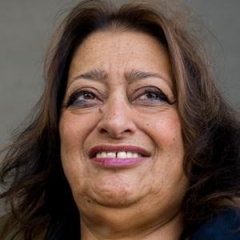David Adjaye quotes
-
“Buildings are deeply emotive structures which form our psyche. People think they're just things they maneuver through, but the makeup of a person is influenced by the nature of spaces.”
-- David Adjaye -
“Africa is an extraordinary opportunity at the moment”
-- David Adjaye -
“Context is so important, not to mimic but to become part of the place. I wanted a building that acknowledges its surroundings.”
-- David AdjayeSource : "A Sense of Place". Interview with Calvin Tomkins, www.newyorker.com. September 23, 2013.

-
“For me, architecture is a social act,”
-- David AdjayeSource : "A Sense of Place" by Calvin Tomkins, www.newyorker.com. September 23, 2013.

-
-
“I'm totally into architecture for all strata of society. High design should not just be for rich people.”
-- David Adjaye -
“Buildings for me represent opportunities of agency, transformation, and storytelling. They are not just artifacts. There is this big tradition of buildings-as-artifacts - constructed artifacts - but for me they are these incredible sites of negotiation.”
-- David AdjayeSource : Source: www.interviewmagazine.com
-
“I got into architecture because I was searching for a way to produce in the world. I went to art school and thought I would do it through art, but I realized very quickly that I was interested in the social ramifications of form making. So buildings became the vehicle and fulfilled that thing. That satisfied me when I produced them. I decided this is what I wanted to do with the rest of my life.”
-- David AdjayeSource : Source: www.interviewmagazine.com
-
“The thing about architecture is that it's an art [you] simply learn more by doing more. It's one of those things that is really not an art about thinking, but doing. So in a way, what it has done is greatly intensify the way that I build.”
-- David AdjayeSource : Source: www.interviewmagazine.com
-
-
“In a way, going to Africa allowed me to see possibilities that sometimes seem impossible in certain conditions. It also allowed me to see opportunities for material strategies. I hate it when people think I went and got something [from Africa] and brought it here. It's more about how it affects the way in which I work and affects [my] creativity.”
-- David AdjayeSource : Source: www.interviewmagazine.com
-
“The first 10 years, I was just building just to understand what I was doing and I didn't trust my intuition to just produce. Then, in the last five years, I have really been reflecting on what I am producing and what it is doing.”
-- David AdjayeSource : Source: www.interviewmagazine.com
-
“What I resist is techniques. I find techniques very problematic. So when critics talk about my work in those terms, I find that they miss the condition. I am comfortable with the notion of pattern and ornament as a system of organization, [but] for me it acts as a textile. So it's not about pattern, but the notion of architecture through the lens of textile, rather than architecture through the lens of brick and mortar.”
-- David AdjayeSource : Source: www.interviewmagazine.com
#Organization Quotes #Bricks And Mortar Quotes #Missing Quotes
-
“In some conditions, the architecture of textile is more relevant than in other conditions or the opacity of the material form. Pattern in the world of scarce materiality and a hybridity becomes a way of creating a new authenticity. Sometimes there is a certain kind of nobility of a group of materials literally of the earth, which had a certain nobility of presence, but is very different from the materials we have now.”
-- David AdjayeSource : Source: www.interviewmagazine.com
-
-
“If you just live in New York and you only know New York, you know a certain kind of condition of formality and informality. By being able to go to another context and to be able to use that as a counter foil to the context you know, you are about to see a wider range.”
-- David AdjayeSource : Source: www.interviewmagazine.com
-
“The museum in D.C. is really a narrative museum - the nature of a people and how you represent that story. Whereas the Studio Museum is really a contemporary art museum that happens to be about the diaspora and a particular body of contemporary artists ignored by the mainstream. The Studio Museum has championed that and brought into the mainstream. So the museums are like brothers, but different.”
-- David AdjayeSource : Source: www.interviewmagazine.com
-
“In a way, I feel I have enough tools and knowledge now that when I build it has a very specific agency that's very conscious. It's no longer speculative; it's really constructed. I'm very interested in how that consciousness, about how I am producing, is working within different conditions. It's like growing up.”
-- David AdjayeSource : Source: www.interviewmagazine.com
-
“The houses [my first project in London] were reactions to the condition of the city and my frustrations with the norms that were being played out. In a way they were slightly subconscious but reactions to that condition and a way to posit new possibilities within certain pervasive norms.”
-- David AdjayeSource : Source: www.interviewmagazine.com
-
You may also like:
-
Chris Ofili
Painter -
Daniel Libeskind
Architect -
David Chipperfield
Architect -
Doug Aitken
Artist -
Eduardo Souto de Moura
Architect -
Jean Nouvel
Architect -
Kengo Kuma
Architect -
Norman Foster
Architect -
Olafur Eliasson
Artist -
Ozwald Boateng
Fashion designer -
Peter Saville
Art Director -
Peter Zumthor
Architect -
Rem Koolhaas
Architect -
Renzo Piano
Architect -
Shigeru Ban
Architect -
Steven Holl
Architect -
Thomas Heatherwick
Designer -
Zaha Hadid
Architect -
Lonnie Bunch
Educator

